At the risk of being accused of practicing sorcery, I assume you are a drum history buff. If, on the off chance, like me, you are also a movie buff and the subject of tonight's “Movie Quiz” meeting is Taxi Driver, I have great news. Simply reading the remainder of this article, you will impress everyone in the room and be the envy of all your colleagues. Are you ready?
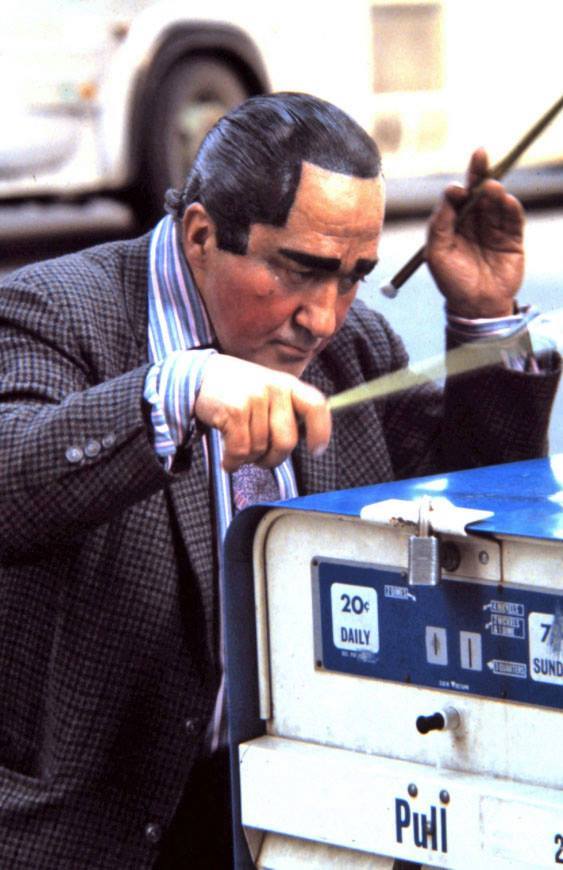

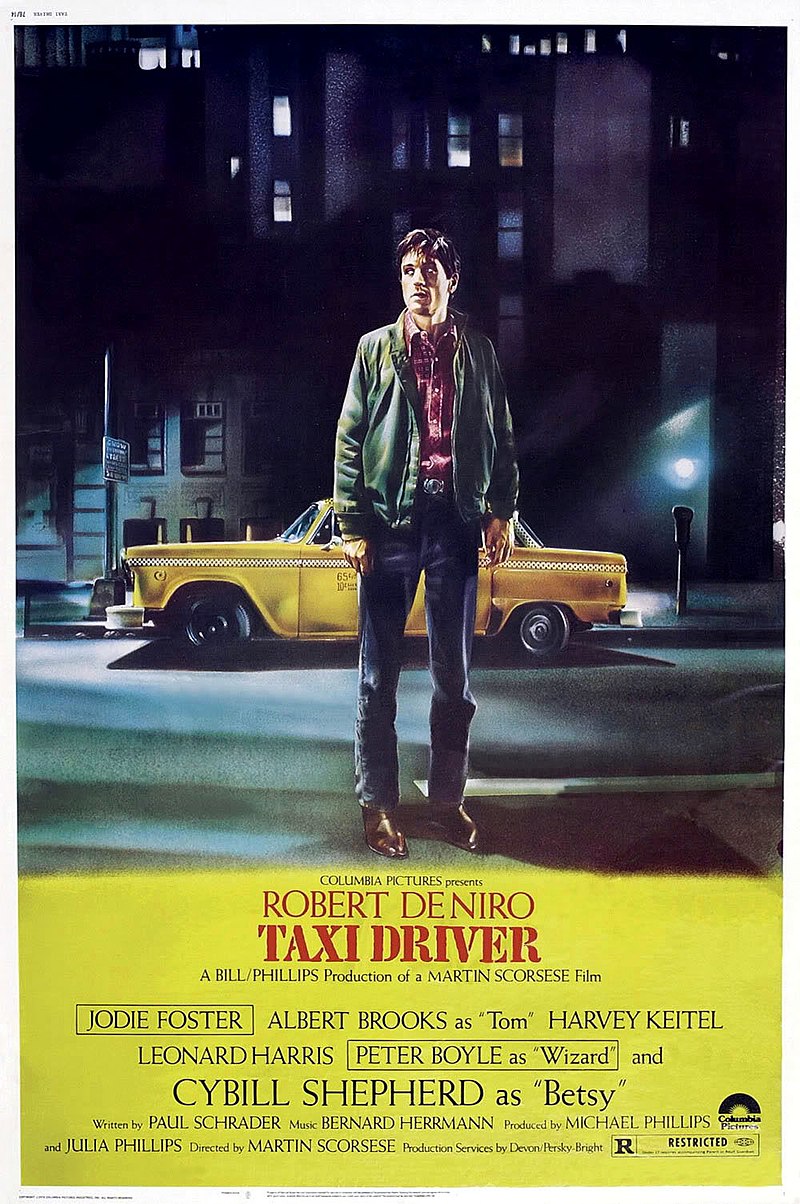

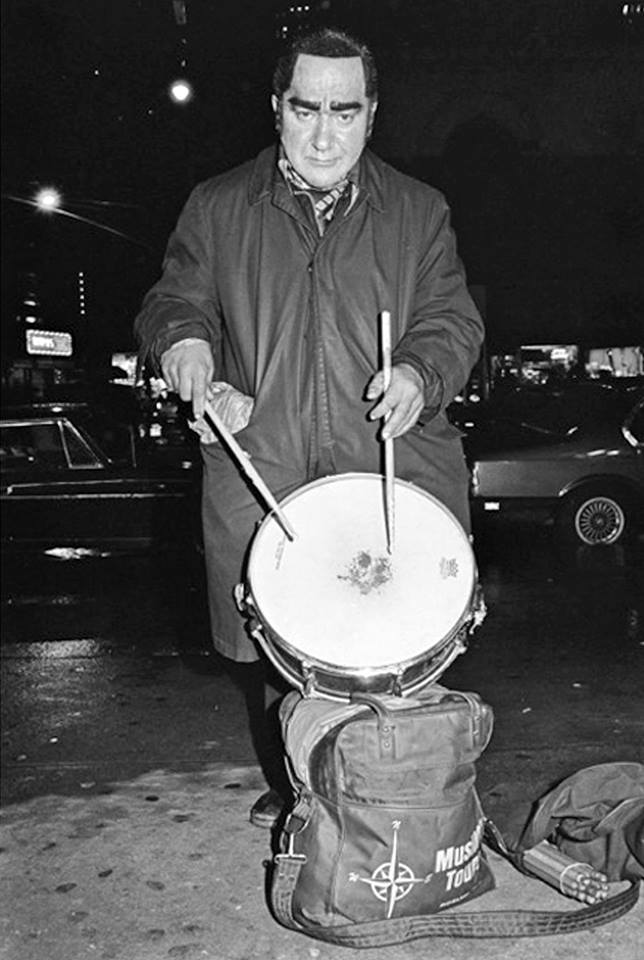
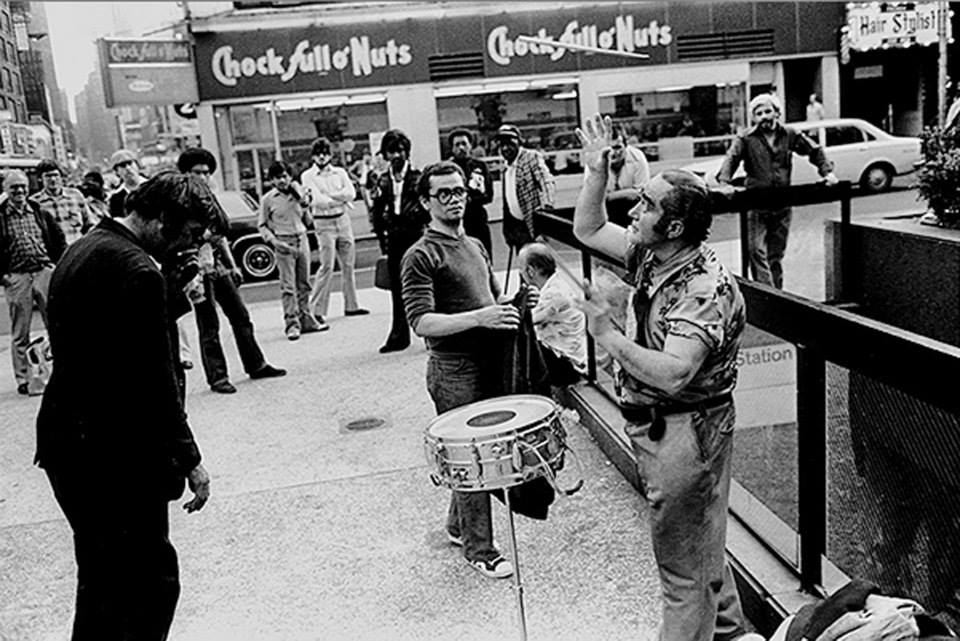
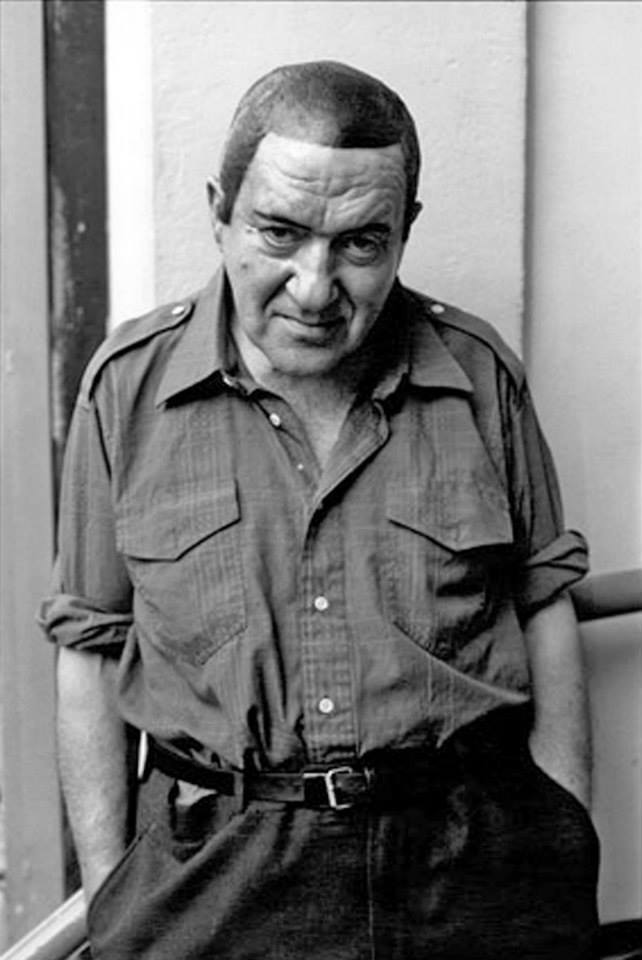
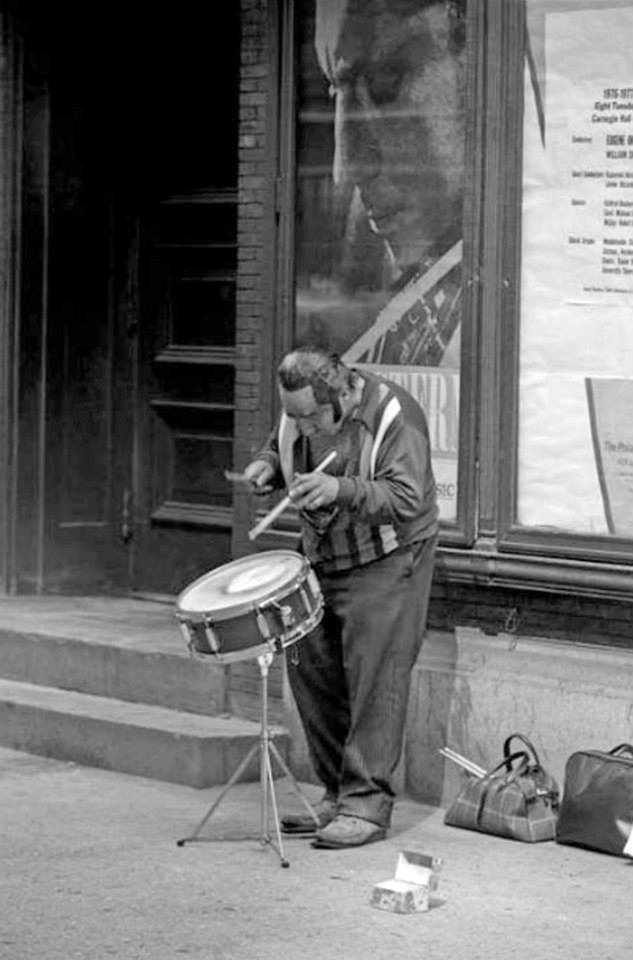
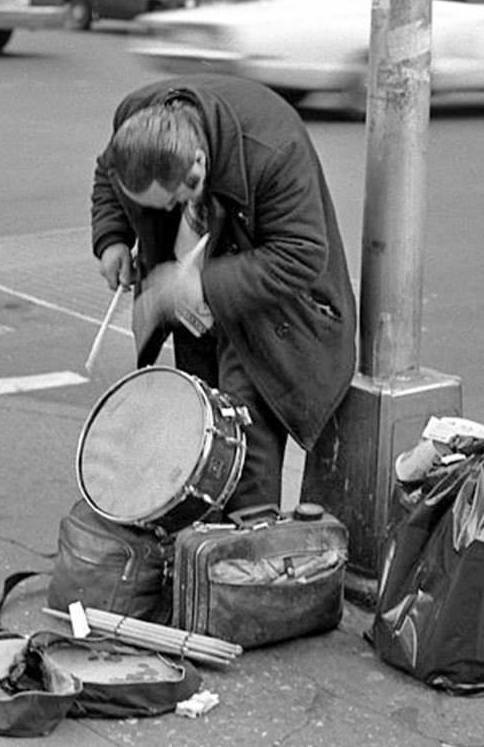

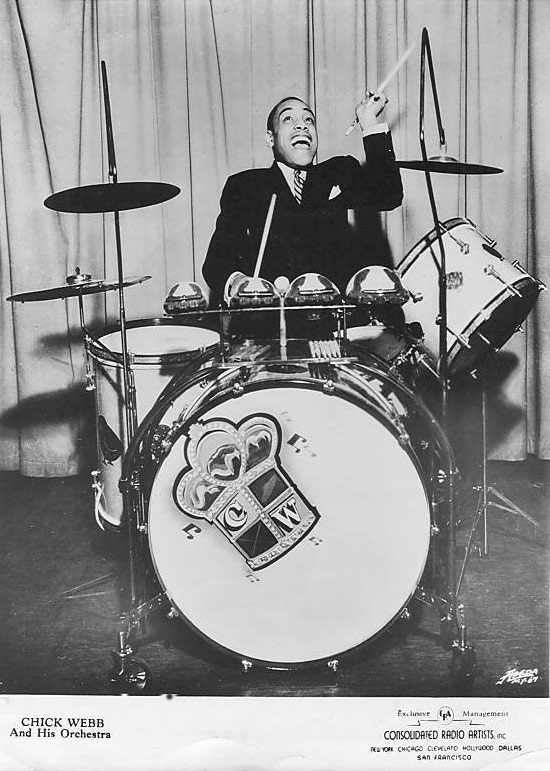

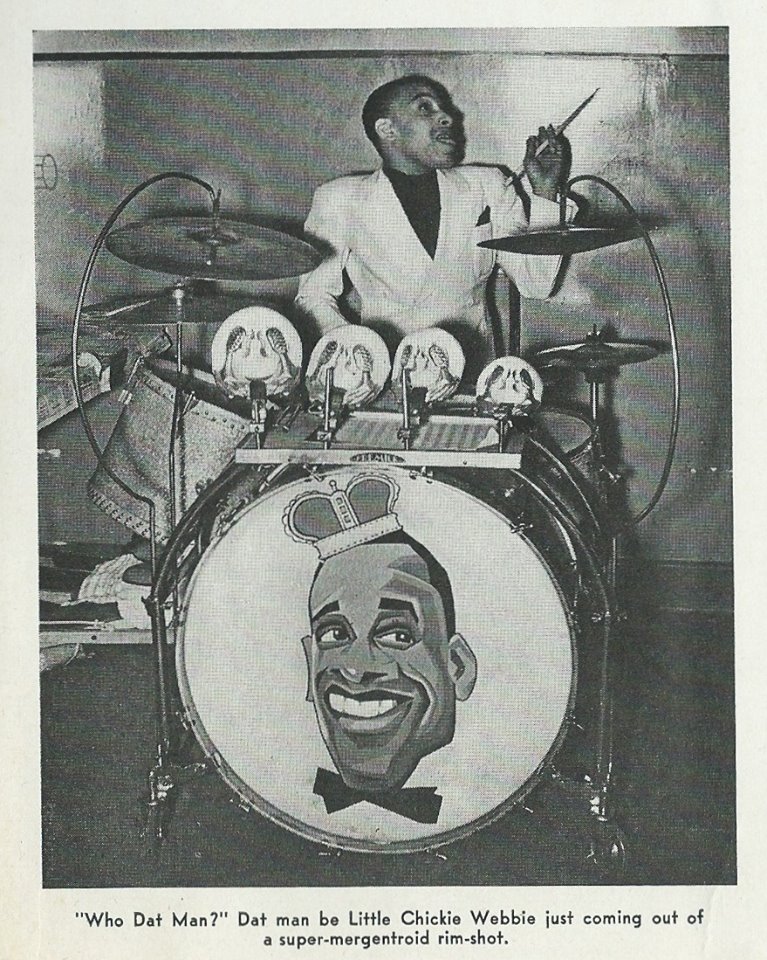
Released in 1976, Taxi Driver is a neo-noir psychological thriller directed by Martin Scorsese and written by Paul Schrader. Set in New York City following the Viet Nam War, the film stars Robert De Niro, and features Jodie Foster, Harvey Keitel, Cybil Sheppard, Peter Boyle, and Albert Brooks. Critically acclaimed upon release and nominated with four Academy Awards including Best Picture, it s regularly cited by critics, film directors, and audiences alike as one of the greatest films of all time. But you knew all that. What you are looking for is that one piece of trivia that will leave your Movie Quiz colleagues slack jawed in wrapped attention.
Taxi Driver more than any other film is chock full of trivia. Your colleagues will try to impress each other with that one unusual piece of trivia that no one knows. More than likely, they will source IMDB (Internet Movie Data Base http://www.imdb.com/title/tt0075314/ ) as it offers a mind boggling 152 pieces of trivia like:
“Between the time Robert De Nero signed a thirty-five thousand dollar contract to appear in this film, and when it began filming, he won an Oscar for his role in The Godfather Part II (1974), and his profile soared. The producers were terrified that De Niro would ask for a deserved large pay raise, since Columbia Pictures was very discomfited by the project, and were looking for excuses to pull the plug on it, but De Niro said he would honor his original deal so the film would get made.”
“When Paul Schrader was first writing the script, he believed that he was just writing about loneliness, but as the process went on, he realized he was writing about the pathology of loneliness. His theory being that, for some reason, some young men (such as Schrader himself) subconsciously push others away to maintain their isolation, even though the main source of their torment is this very isolation.”
“The scene where Travis Bickle is talking to himself in the mirror was completely ad-libbed by Robert De Niro. The screenplay details just said, "Travis looks in the mirror." Martin Scorsese claims that he got the inspiration for the scene from Marlon Brando mouthing words in front of a mirror in Reflections in a Golden Eye.”
Bernard Hermann (composer) 's wife says that when Martin Scorsese, then relatively unknown, called her famous husband to ask Hermann to do the score, he at first refused saying, "I don't write music for car movies." Hermann only accepted after reading the script, and then wrote a highly original score using dissonant brass to punctuate the inner emotions of Travis. After the initial scoring sessions, Scorsese called his composer again, insisting that he needed one more musical cue, a sting, a single frightening chord. Hermann called back a studio orchestra who were paid a day's work for that one effect. Shortly after that ultimate session, Hermann died at the age of sixty-four. He had begun his film career in Hollywood writing the music for Citizen Kane.”
“In the lyrics to their song "Red Angel Dragnet", long-running British rock band The Clash mention Travis by name, and then include two Travis quotes: "one of these days I'm gonna get myself organized", and, "all the animals come out at night: queens, fairies, dopers, junkies, sick venal, some day a real rain will come and wash all the scum off the streets."”
But the true musical gem in Taxi Driver is Gene Palma's classic street drumming scene outside the porn theatre on 53rd Street. https://www.youtube.com/watch?v=FSfSACaxBbY I studied in New York City in 1964 and walked that seedy area many times. When I saw Taxi Driver in 1976 I was immediately taken back to those days. Scorsese captured not only the seamy environment but the uneasy temperament of its residents. I never saw Palma's street performance when I was there, but I was captivated by his performance in the movie. I had played drums for 23 years and was well aware of Gene Krupa, but who was this Chick Webb? Fast forward another 18 years and I am researching the history of the Fred Gretsch Drum Company for my book Gretsch Drums, The Legacy of “That Great Gretsch Sound". There Webb is again on the cover of the 1939 Gretsch catalogue. By this time I was familiar with Webb's story as I had devoured Burt Korall's 1990 book Drummin' Men. Korall devoted the first chapter to Webb, singing his praises with quotes like, “Dave Tough, ‘Chick Webb does everything there is to be done to a drum and does it beautifully and sometimes he played with such stupefying technique that he leaves you in a punch drunk stupor and ecstatically bewildered as this sentence has wound up to be.’ Buddy Rich, ‘Chick was hell on up-tempos. He kept the time firm and exciting, tapping out an even 4/4 on the bass drum. That was something in the 1930’s. Most guys downtown could hardly make two beats to the bar; they were into the Chicago style – Dixieland. Chick set an example. He was hip, sharp, swinging.’ Jo Jones, ‘when everybody else would be going to after-hours spots, I would be with Mr. Webb. He would be talking, but I would be listening. He’d show me and then come…and check me out.’” But I digress...
So you ask, “What is the Taxi Driver trivia you want to bring to the table?” Well, it doesn't come from IMDB. Their paltry offering is, “As Robert De Niro and Cybill Sheppard walk past him, the street drummer says "now back to Gene Krupa syncopated style". This line was sampled by British band Apollo Four Forty for their song "Krupa". The track appeared on their 1997 album "Electro Glide in Blue".” Poor Gene Palma is not even identified by name!...and who cares about the British band Apollo Four Forty? If you watch the YouTube video again, what is noticeable is that Palma's performance appears out of sequence. The first time we see Palma (00:29), he is performing the Chick Webb triplet lick, high sticking his left hand, while gazing upward. He then says “Now back to Gene Krupa syncopated style” followed by an excellent interpretation of Krupa's syncopated style. After De Nero and Sheppard walk past him, the following close up of Palma (01:11) is him saying “And now going back forty years of Chick Webb” with him performing the earlier Chick Webb high sticking triplet lick, gazing upward. This interesting sequence can only be explained by Scorsese's editing. Until recently, Chick Webb was a relative unknown to most, while Gene Krupa is almost a household word. Scorsese rightfully elected to place the Gene Krupa scene first. BUT, either Scorsese was totally hip in his decision to include the Chick Webb, or he was schooled by Palma. Keep in mind, we are spoiled by the internet; information is readily available at our fingertips. Gene Palma was obviously aware of Webb's performance. If you perform a Google search of Webb images, he regularly struck that same pose of high sticking his left hand while gazing upward.
There you have it, the ultimate Taxi Driver Trivia.
